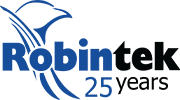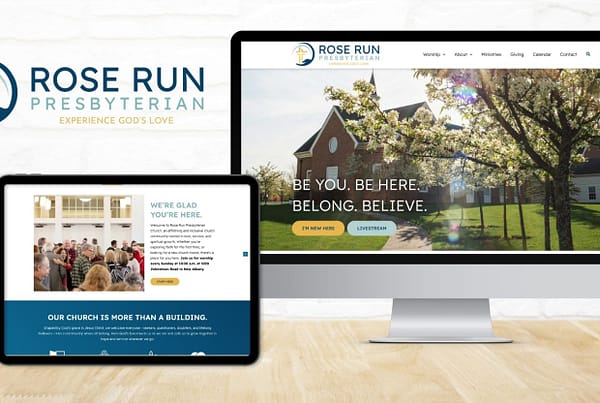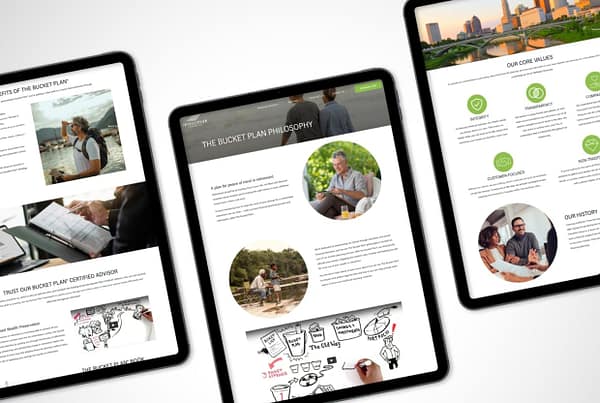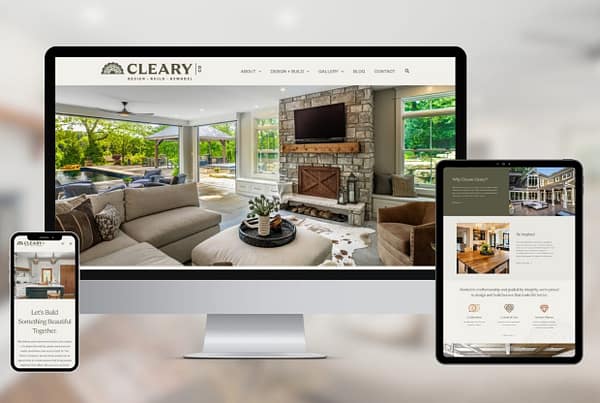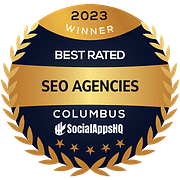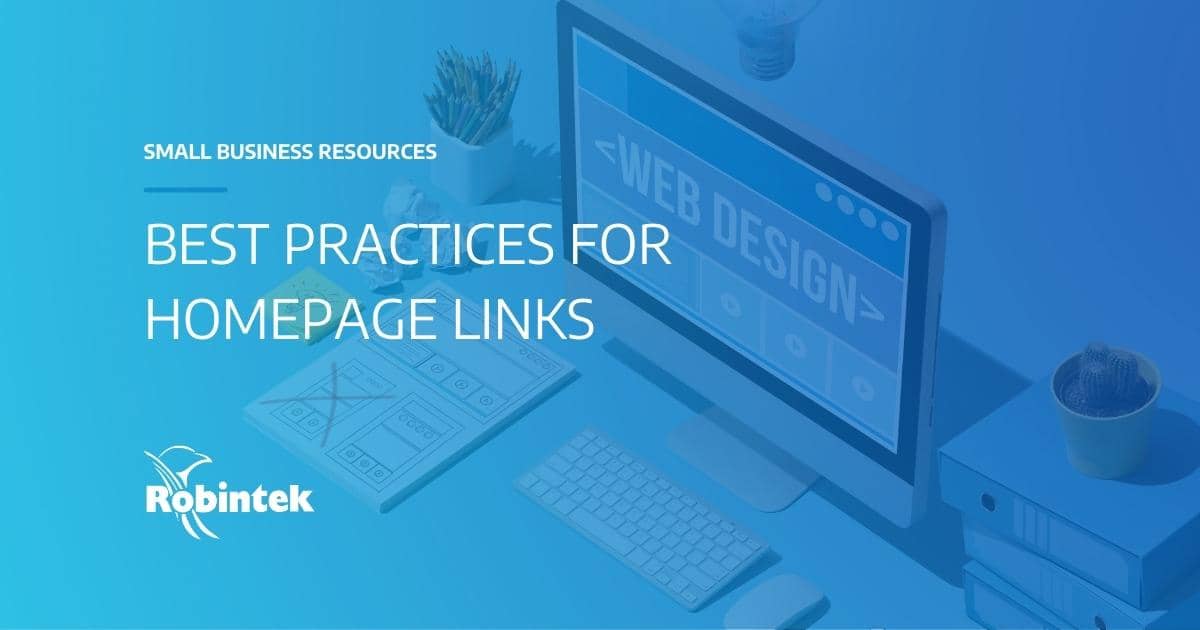
A well-designed and user-friendly website is essential for businesses to succeed online. A crucial element of website design is the proper implementation of links on the homepage. Links not only help users navigate through your website but also contribute to search engine optimization (SEO) efforts. In this blog post, we will explore some best practices for incorporating links on your website homepage to enhance user experience and drive engagement, including the benefits of link redundancy.
1. Keep it Concise, Organized, and Prioritize Essential Pages:
When it comes to links on your homepage, less is often more. Avoid cluttering your homepage with an excessive number of links, as this can overwhelm visitors and make it difficult for them to find what they’re looking for. Instead, focus on featuring a concise and organized menu or navigation bar that clearly presents the most important sections or pages of your website. By prioritizing essential pages, such as your products/services, about us, contact, or portfolio pages, you ensure easy access and prominent visibility for these key areas of your website.
Enhanced User Experience:
A streamlined and well-organized link structure enhances user experience by facilitating efficient navigation and reducing the cognitive load on visitors. It allows users to quickly locate the information or pages they are seeking, resulting in a smoother browsing experience.
SEO Benefits:
Search engines value websites with well-structured link architectures, as they contribute to improved crawlability and indexability. When search engine crawlers can easily navigate your website and understand the hierarchy and relationships between pages, it can positively impact your search engine rankings and visibility for targeted keywords.
2. Optimize Link Text:
The text used for your links, known as anchor text, plays a significant role in usability and SEO. Instead of generic phrases like “click here” or “learn more,” use descriptive anchor text that gives users a clear idea of what they can expect by clicking the link. For example, “Explore Our Services” or “Read Our Client Testimonials” provides more context and improves user experience.
Here’s why optimizing link text can be beneficial for your website:
Improved User Experience:
Optimizing link text enhances user experience by providing clear and descriptive cues about the destination of the link. When the link text accurately represents the content it leads to, users can better understand what they can expect when they click on it. Descriptive link text helps users make informed decisions about whether to click the link or not, improving their overall browsing experience and reducing any potential confusion or frustration.
Enhanced Accessibility:
Optimized link text is particularly beneficial for individuals using screen readers or other assistive technologies. When link text is descriptive and contextually relevant, it provides a clear indication of the linked content. This allows visually impaired users to navigate through your website more effectively and independently, ensuring equal accessibility for all users.
SEO Benefits:
Optimizing link text also has a significant impact on search engine optimization (SEO). Search engines use link text as an indicator of the content and relevance of the linked page. By incorporating relevant keywords or descriptive phrases into your link text, you can provide additional context to search engines about the content of the linked page. This can positively influence search engine rankings and visibility for the targeted keywords, potentially driving more organic traffic to your website.
Increased Click-Through Rates:
Well-optimized link text has the potential to increase click-through rates. When link text is compelling, informative, and relevant to the user’s intent, it encourages them to click on the link to explore further. By capturing the user’s attention and clearly communicating the value of the linked content, optimized link text can drive higher click-through rates and engagement on your website.

3. Utilize Visual Cues:
Incorporating visual cues can draw attention to your links and make them more clickable. Consider using buttons, icons, or underlined text to differentiate links from regular text. Ensure that the visual cues align with your website’s overall design and aesthetics for a cohesive and visually pleasing user experience.
Utilizing visual cues in your links offers several benefits, and here’s why:
Increased Clickability and Engagement:
Visual cues make links more prominent and inviting, encouraging users to click on them. When links are visually appealing and stand out from the surrounding content, they attract attention and entice users to interact. By making links visually distinct, you improve the clickability of your links, leading to higher engagement rates and a greater likelihood of users exploring additional pages or taking desired actions on your website.
SEO Benefits:
Visual cues for links can also have a positive impact on your website’s search engine optimization (SEO). When search engines crawl your website, they consider various factors, including the number of internal links pointing to specific pages. By utilizing visual cues for your links, you can make them more noticeable to search engine bots, helping them identify the importance and relevance of those pages within your website. This can contribute to improved search engine rankings and visibility for your targeted keywords, ultimately driving more organic traffic to your website.
4. Maintain Consistency:
Consistency is key when it comes to links on your homepage. Use the same design, placement, and styling for links throughout your website. Consistent link behavior helps users understand how to navigate your site and fosters familiarity, making it easier for them to find the information they need.
Maintaining consistency with links can have the following benefits for your website:
Seamless User Experience:
Consistency in link styling and placement across your website contributes to a seamless user experience. When users encounter familiar link styles and positions, they can easily navigate and explore your website without confusion. Consistent link design creates a sense of familiarity and establishes a predictable browsing pattern, helping users intuitively understand how to interact with your content and navigate to different pages.
Branding and Professionalism:
Maintaining consistency in link styling aligns with your overall branding efforts. Consistent link colors, fonts, and hover effects reinforce your brand identity and visual aesthetics. It adds a professional and polished touch to your website, enhancing its credibility and trustworthiness. A cohesive visual experience across your website strengthens brand recognition and leaves a lasting impression on visitors.
SEO Benefits:
Consistency in link structure and styling also has a positive impact on search engine optimization (SEO). Search engines crawl your website to understand its structure and content. When your links are consistent, it helps search engine crawlers navigate and index your website more efficiently. A well-structured and organized link architecture enables search engines to identify the relationships between different pages and understand the importance and relevance of each page within your website. This can contribute to improved search engine rankings and visibility for your targeted keywords.
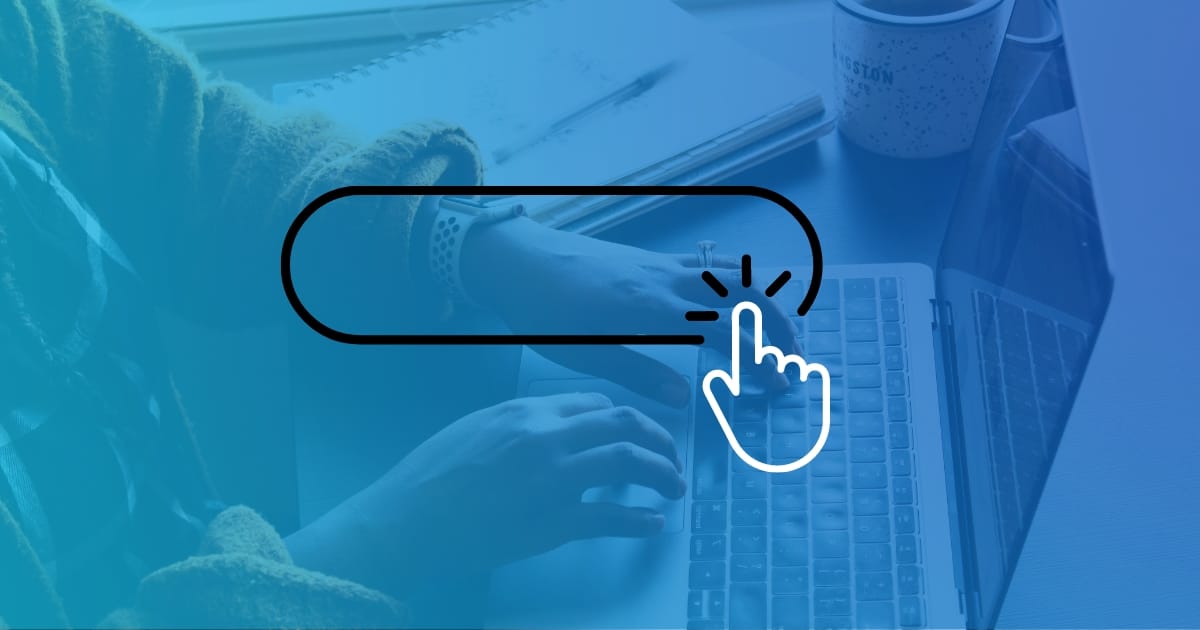
5. Embrace Redundancy: Multiple Links to the Same Page
While it’s important to maintain a streamlined and clutter-free homepage, including multiple links to the same page can actually enhance user experience. Visitors access information differently, and providing multiple entry points to essential pages can cater to their varied preferences.
Here’s why embracing redundancy in link placement can be beneficial:
Improved Accessibility:
By including a link in the main menu or navigation bar and another within the homepage content, you offer users different paths to access vital information. Some visitors may instinctively look for links in the header or footer, while others may prefer scrolling through the homepage and clicking on relevant sections. Catering to these diverse behaviors ensures that users can easily find the information they seek.
Enhanced User Engagement:
Multiple links to the same page increase the chances of visitors clicking on them. When users encounter relevant links throughout their browsing experience, they are more likely to explore further, engage with your content, and discover additional valuable information. This can lead to increased time spent on your website, reduced bounce rates, and improved conversions.
SEO Benefits:
Search engines, like Google, consider the number of internal links pointing to a specific page when determining its importance and relevance. By strategically placing multiple links to a page, you provide search engines with a stronger signal that the page is significant within your website’s structure. This can positively impact your SEO efforts, potentially improving the page’s visibility in search results.
6. Regularly Review and Update:
Websites are dynamic entities that evolve over time. Conduct regular reviews of your website’s homepage links to ensure they remain relevant and up-to-date. Remove any outdated or broken links that may hinder user experience or damage your SEO efforts. Regularly updating your links also demonstrates to users that your website is current and actively maintained.
The benefits of regularly reviewing and updating your links include:
Enhanced User Experience:
Regularly reviewing and updating links on your website ensures a seamless and satisfying user experience. Over time, links can become outdated or broken, leading to frustration and inconvenience for visitors. By regularly checking and updating links, you can ensure that they are functional, relevant, and lead to the intended destination. This improves user satisfaction, encourages engagement, and builds trust in your website’s reliability.
SEO Benefits:
Regularly reviewing and updating links has a significant impact on search engine optimization (SEO). Broken or outdated links can negatively affect your website’s SEO performance. Search engines consider broken links as a negative signal, potentially impacting your search rankings. By conducting regular link audits, you can identify and fix broken links, ensuring a healthy link profile. Additionally, updating links to reflect changes in your website structure or content helps search engines crawl and index your pages more effectively, improving your overall SEO visibility.
Maintaining Relevance and Accuracy:
As your website evolves and content gets updated, it is important to review and update links to maintain relevance and accuracy. Links that point to outdated or irrelevant content can confuse users and diminish their trust in your website. By regularly reviewing and updating links, you can ensure that they lead to current and valuable information. This keeps your website up-to-date, provides accurate references, and supports a positive user experience.
In Conclusion:
By implementing these best practices for links on your website homepage you can greatly enhance user experience, improve navigation, and boost engagement on your website. Remember to keep it concise, prioritize essential pages, optimize link text, utilize visual cues, maintain consistency, test for mobile responsiveness, and regularly review and update your links. A well-designed and user-friendly homepage will not only impress your visitors but also contribute to the overall success of your online presence.
